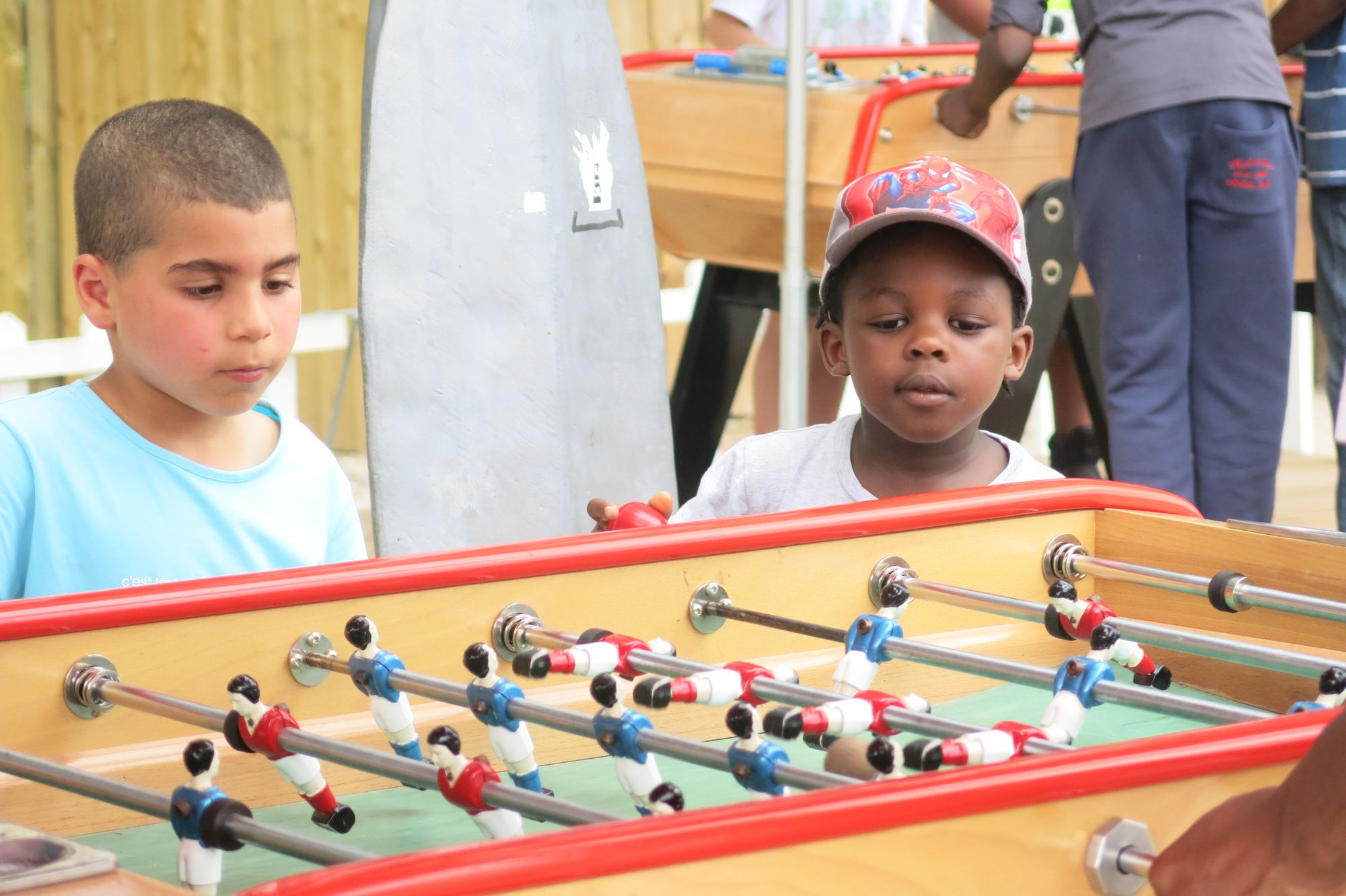Whimsical Havens: Designing Playful Kid-Friendly Spaces
Designing Whimsical Havens: Playful Kid-Friendly Spaces
Creating a space that sparks joy and fosters creativity is a delightful endeavor, especially when it comes to designing areas for children. In this article, we’ll explore imaginative ways to craft playful, kid-friendly spaces that not only cater to their developmental needs but also make everyday activities a whimsical adventure.
Colorful Palette: Infusing Energy and Vibrancy
The foundation of any playful kid-friendly space lies in a vibrant color palette. Introduce cheerful hues such as bright blues, sunny yellows, and lively greens to evoke a sense of energy and enthusiasm. Consider using color-blocking techniques or playful murals to transform walls into visually stimulating backdrops for creativity and exploration.
Functional Furniture: A Blend of Fun and Practicality
Incorporate furniture that not only serves its functional purpose but also adds an element of fun to the space. Opt for whimsical shapes and designs in chairs, tables, and storage units. Multi-functional furniture, such as ottomans with hidden storage or foldable tables, maximizes the use of space while providing versatility for various activities.
Southern Pride Painting LLC understands the importance of vibrant colors in kid-friendly spaces. Explore the possibilities at Playful Kid-Friendly Spaces and discover how their expert painting services can bring a world of color to your children’s haven.
Interactive Walls: Murals and Chalkboards for Creativity
Transform walls into interactive canvases that encourage creativity and imagination. Consider murals depicting whimsical scenes or landscapes that transport children to magical realms. Chalkboard walls provide an ever-changing canvas for doodles and artistic expression, fostering a sense of freedom and playfulness.
Themed Zones: Creating Mini Worlds within a Room
Define specific zones within the space, each dedicated to a particular theme or activity. Whether it’s a reading nook adorned with cozy cushions, a craft corner with an array of art supplies, or a mini kitchen for pretend play, themed zones cater to diverse interests and offer a variety of engaging activities.
Child-Safe Decor: Soft Textiles and Rounded Edges
Prioritize safety by choosing child-friendly decor elements. Opt for soft textiles in rugs, cushions, and upholstery to create a cozy and safe environment. Additionally, select furniture with rounded edges to prevent accidents. This thoughtful approach to design ensures that the space is not only playful but also conducive to a child’s well-being.
Personalization: Infusing the Space with Character
Involve the children in the design process by allowing them to personalize their space. Incorporate elements that reflect their interests, such as favorite colors, characters, or hobbies. This personal touch not only makes the space uniquely theirs but also instills a sense of ownership and pride in their environment.
Natural Elements: Bringing the Outdoors In
Connect the playful indoor space with the wonders of the outdoors by incorporating natural elements. Large windows for ample natural light, potted plants, or nature-themed decor items create a refreshing atmosphere. The presence of nature enhances the overall well-being of children and promotes a sense of wonder and exploration.
Versatile Storage Solutions: Tidiness with a Twist
Maintain order in the play area with versatile storage solutions that are both practical and whimsical. Colorful bins, shelves with playful shapes, and storage units that double as seating contribute to an organized space where toys and belongings have their designated places. This approach instills good organizational habits from a young age.
Sensory-Friendly Design: Engaging All the Senses
Consider a sensory-friendly approach to design by incorporating elements that engage various senses. Soft textures for tactile stimulation, soothing colors for visual comfort, and gentle background music for auditory enrichment create a holistic and enriching environment that caters to the sensory needs of children.
In conclusion, designing playful and kid-friendly spaces goes beyond aesthetics; it involves creating environments that inspire joy, foster imagination, and support a child’s overall development. By infusing color, creativity, and thoughtful design elements, these whimsical havens become not just spaces for play but cherished realms where memories are made and imaginations flourish.




